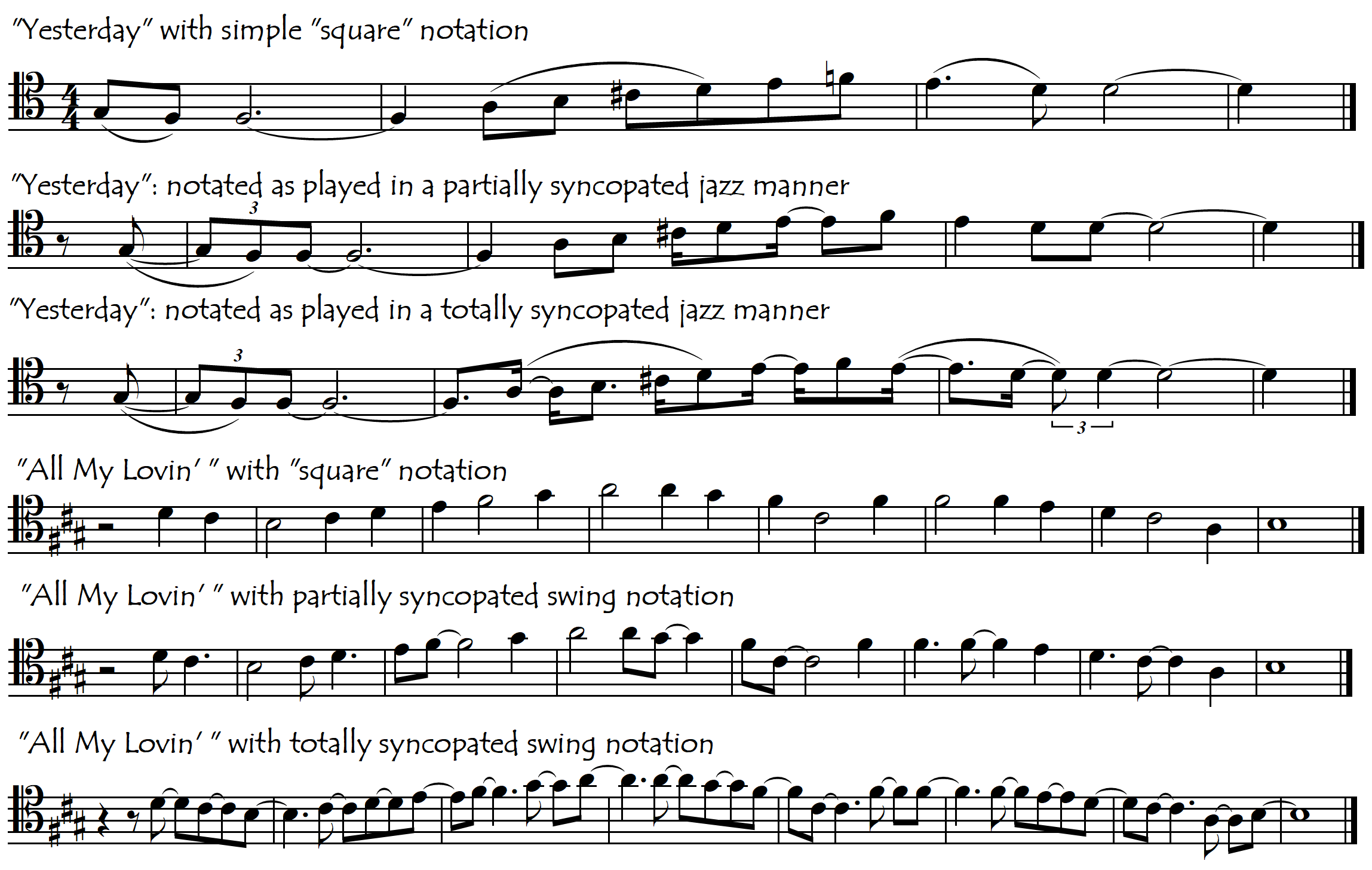The Beatles Transcribed For Cello
In classical music circles, we sometimes hear the expression “The Three B’s” (Bach, Beethoven and Brahms). If we open our horizons a little wider however, there is at least one “B” missing from this club of gigantic composers: The Beatles.
The collaboration between Paul McCartney and John Lennon gives a powerful lesson to those of us who might be tempted to think that the creation of a truly great work of art must necessarily be the work of a solitary individual (and never the result of a collective effort). And in fact, The Beatles teach us, classically-trained musicians, another powerful lesson: that it is not necessary to know how to read or write (notate) music in order to be a wonderful musician and composer. The Beatles were all musical “illiterates”, but this lack of formal academic theoretical training didn’t stop them from composing a vast body of some of the best music of the 20th century. Perhaps this “lack” actually helped them as they had only their ears, hearts and imagination to follow (see Pedagogy and Reading Problems).
Liverpool in the first half of the 20th century was a very popular destination for Irish immigrants and the two main composers of the Beatles’ music, John Lennon and Paul McCartney, both had strong Irish roots. Irish folk music is characteristically very melodic, imaginative, unpretentious and good-natured and in The Beatles’ magnificent creations, it is difficult not to hear a strong Irish folk influence.
Here are some of their best-loved pieces, transcribed for cello. Playing them without accompaniment makes little sense. The accompaniments found below have been stitched together in a very homemade manner. For better quality, we can buy the play-along backing tracks and use “The Amazing Slowdowner” program (or any other) when the accompaniment key needs to be transposed.
It is always a problem to know whether to notate this music with “swing” (syncopated) rhythms or with “square” rhythms. If we notate it syncopated, it sounds better but is harder to read. If we notate it square then the danger is that we (classically-trained musicians) might actually play it as written, which would sound horrible. Another problem with the syncopated notation is that there are different degrees of “swing”. Often we could, if we want, “jazz it up” by syncopating every note, but even the Beatles don’t do this. Probably the ideal solution is to write it out totally square and leave it to the performer to make it swing to whatever degree they want.
Here below is an example of these two extreme options (totally square and totally syncopated) together with a “medium syncopated” version for the first phrases of “Yesterday” and “All My Lovin’ ”

For a more detailed discussion about interpretation and style when playing “popular” music, open the following link:
Popular Music: Style, Interpretation and Notation
And here now is the cellofun alphabetical catalogue of Beatles transcriptions for cello:
- All My Lovin’
- And I Love Her
- Can’t Buy Me Love
- Eleanor Rigby
- Get Back
- Hard Day’s Night
- Help
- Hey Jude
- Lady Madonna
- Let It Be
- Magical Mystery Tour
- Maxwell’s Silver Hammer
- Michelle
- Obladi Oblada
- Oh Darling
- Penny Lane
- Ticket To Ride
- Yesterday
